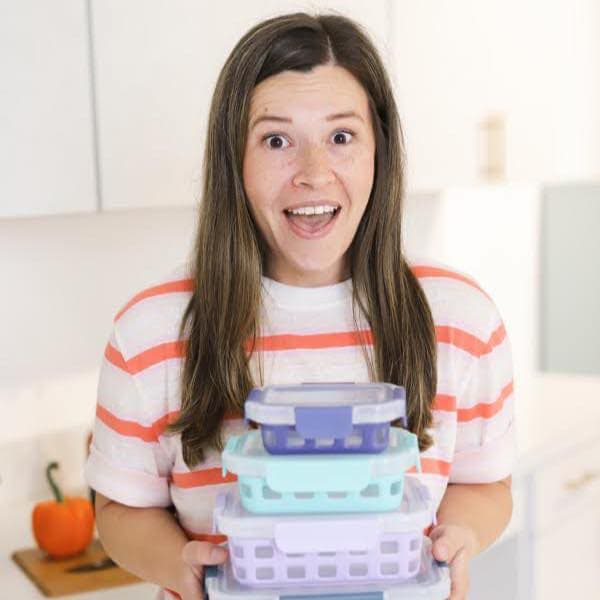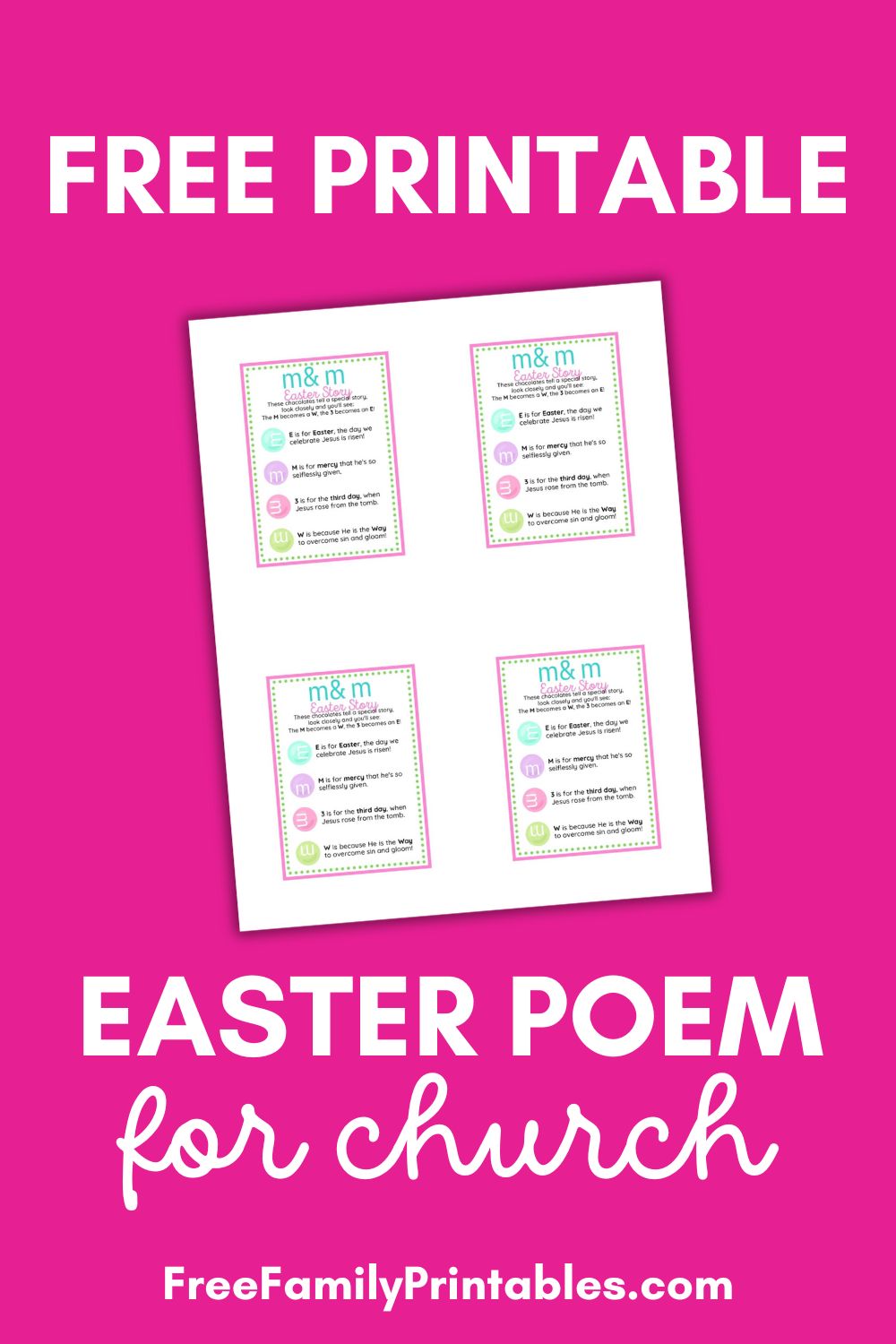Wasting food is not just an annoyance, it’s also wasting money.
How many times have you opened the fridge only to find a bunch of leftover foods that are about to go bad? Too many, I am going to guess!
A fridge full of leftovers can be a blessing or a curse, it’s how you handle it that makes the difference. In this blog post, I’m going to talk about what to do with leftover food and go over 7 different ways to use them so that you never end up throwing away food aka money – because we all know that is an expensive habit!

Americans Waste 108 billion pounds of food every year
According to current statistics from Feeding America, 108 billion pounds of food is wasted in the United States alone, every single year. This equates to about 161 billion dollars worth of food that is simply thrown out by households, and other stops along the production chain.
The majority of waste comes from retail businesses and homes. Food waste from homes equates to around 43 percent of the entirety of this food waste. Keep reading below to see how you can limit your own food waste to curb this ever-growing problem and save yourself money along the way!
How food waste affects YOU and your household directly
Money Loss
Food waste can affect families and individuals in many ways, one of which is by the loss of money. You and your family’s food waste could contribute to an overall loss of money due to negative returns on your food spending. If you are wasting food or end up throwing away unused produce that has gone bad, then it is essentially like throwing away the money you spent on those things.
Some households do not see the direct connection like this but it is helpful to visualize the loss of money in relation to your food waste, as this can be used as a motivator to change your food preparation habits and save you money in the long run.
Food Loss
A quite obvious way food waste affects families is through the loss of food itself. The United Nations states that an estimated one in nine people across the world do not have access to proper food sources in order to sustain healthy lifestyles. Hunger is a large concern for people across the world and food waste perpetuates an environment where food can be discarded by families while others suffer from starvation.
Food waste is defined as when edible food is intentionally discarded, which all of us have been guilty of at least once. Though, when families and individuals throw away edible food and contribute to food waste it creates a bigger problem for those suffering from hunger in other parts of the country and the world.
It also presents an issue for your family as throwing away edible food that no one wants to eat at the time, contributes to a loss of food and funds for your family, especially if you find yourself constantly tossing out day-old leftovers.

Contributes to the Larger Issues
Food waste is a worldwide problem that can be attributed to the climate crisis, hunger, wasted money and time, and other environmental issues. There are many ways you and your family can help to curb your part in this large-scale issue and begin with proper planning and managing of your food supplies and your leftovers.
Food waste that ends up in landfills produces methane, a strong greenhouse gas that furthers the issues with climate change. Farmers and others who are essential in the production of produce, use around 70 percent of the water in the world to help farm these products. So, when food waste is contributed to it leads to a waste in these essential resources and furthers problems on a global scale.
However, you and your family can make the necessary changes to stop your contributions and maybe convince others to do the same with this article! Below we will be talking about stepping in the right direction to ending our personal food wasting by changing how we perceive leftovers and planning on how to make the most out of them.
How leftovers can change your budget and save you money
While leftovers may not sound appealing to the general public, saving money does! Surprisingly, leftovers can become a huge part of budgeting and savings when it comes to food expenses. Think of all the times you have thrown out those old leftover meals that no one in the family has touched in days, or even weeks!
All that counts negatively toward your food expenses because it didn’t actually get used. One way to help resolve this is to plan accordingly. By using this recipe and grocery planner you can have a visual list of your recipe for leftover ideas, grocery lists, and even an inventory of what you have already bought so you can begin to get the most out of everything you purchase.
The planner helps you plan out weekly meals, keep track of things that may be close to expiration so you can use them and not lose them, and even features a kitchen conversion chart for quick thinking when you’re reading recipes.
How to change your perception of eating leftovers
We all have those in our families who are picky eaters, and getting them to eat leftovers may seem impossible but in this article, we are going to cover a few ways to change their perception and make eating leftovers a family tradition they will enjoy instead of dread.
This begins by altering our perceptions on leftovers being “food gone bad”, meaning from the moment we put leftovers in the fridge we begin to fear that they are slowly deteriorating and will make us sick.
This may be true of some meats and seafood but overall leftovers can last for nearly a week on average. To combat this view, all you have to do is make a list of the current leftovers in the fridge and mark the ones that need to be eaten first. Give yourself a timeframe of four days for the dishes that don’t contain highly spoilable items. This way you can always know how long the leftovers have been in there and the timeframe in which to eat them in.
Another way to make leftovers seem more enticing is to create something new with them! While that chicken and broccoli may have been delicious yesterday, tomorrow it may seem.. well.. boring. That is okay, there’s an easy fix for that! Just take the leftovers and use them as ingredients for another dish, this way all of it gets used and you can avoid food waste from your picky eaters.

Zero Waste Movement: Challenge Yourself For 1 Month!
The world is slowly coming to see the effects of waste of all kinds such as food, clothes, water, and even electricity. This waste creates larger issues that ripple out globally. That is why the Zero Waste Challenge was born. This challenge has a goal of helping to guide people into changing their habits to become more sustainable, in ways such as limiting food waste, plastic product usage, and conserving other resources.
The challenge is issued in three parts: single-use plastics, food waste, and clothing. Each challenge comes with a separate Google doc of instructions and lists to guide you through building habits and combating waste and encouraging more sustainable behaviors. This is a great option for those who may not know exactly where to begin on their journey to limiting their waste and environmental impact.
What To Do with Leftover Food
There are many options on what to do with your leftover foods, and we will cover them below! Leftovers are usually the bane of all households, joked about, scoffed at, and refused by all of our resident picky eaters. There is a way to change that, though, through simple habits and effective planning.
Whether you want to save them for later, create something new, or repurpose them entirely we will cover all of your options and how to begin these new habits. No longer do you have to worry about throwing out trash bags full of food, or looking at a fridge full of mysterious Tupperware that you don’t remember the contents of. You can begin to save yourself money and fridge space by utilizing any of the ideas below and implementing them with your family.
Need Ideas? Check these out!
- Leftover Ham Recipe Ideas
- What to do with Leftover Mashed Potatoes
- Leftover Turkey Ideas
- What to do with Leftover Pulled Pork
Creating new dishes from leftover food
One of the most popular ways to make your leftovers more appealing is to create new meals from them. This has become a popular trend, even taking over entire cooking shows who repurpose leftovers into fancy meals. While we might be able to change our leftover meatloaves into five-star meals, we can definitely use our creativity to make them appetizing for our families and ourselves.
A nice easy go with using leftover ingredients is to make a soup or stew. Soups and stews can be made with almost anything and it adds a freshness and new life to the leftovers. For instance, if you have leftover meatloaf, you could make a stew using the meatloaf and some vegetables. This way you’re using your leftovers and your produce, which are usually grocery items that spoil quickly. You can cover two issues with methods like this, by using your produce you may not be able to find other uses for, and your leftovers that would otherwise go into the garbage.
You can also always go for the classic leftover casserole and throw several ingredients together for a freshly baked leftover dish.

Use a leftover recipes generator
If you are fresh out of ideas on how to reinvent your leftovers, or if you just don’t have the brainpower left in the week to come up with any ideas, then you can use a leftover recipe generator! This one from Big Oven allows you to put in your three main ingredients and generator many different recipe options to use to make a new and exciting meal for your family.
Freeze leftovers for another time
If you don’t have the time to completely reinvent a meal, or you want to use the leftovers for a later date, then you can freeze them. Freezing your leftovers keeps them from spoiling and allows you to keep them for a longer period of time without worrying about the dreaded countdown until you will have to throw out the food.
Freezing your leftovers allows you to plan out more recipes and even plan meal prepping ideas that you can unfreeze to eat later on. This helps to extend the shelf life of your unused leftovers so that you can avoid throwing away meals and instead can use them at a later date once you come up with more meal ideas.
You’ll also enjoy:
Take your leftovers to lunch
Leftovers for lunch may not seem exciting but it is effective! If you have leftovers from dinner the night before then the next day is a perfect opportunity to pack them for your and your family’s lunches. This makes sure the leftovers get eaten in a timely manner, and eliminates the time and worry of what to eat or pack for the next day’s lunch.
Much like meal prepping this option saves you time and resources by repurposing the previous night’s meals into a new day’s lunch. Also, for your children this is a better option than the everyday ham and cheese, or peanut butter and jelly sandwich, so they will likely enjoy this more than their usual lunch expectations.

Have a Night Dedicated to Leftovers
As we have mentioned previously, picky eaters and leftovers are age-old enemies, but there are several ways to change that for your family! The first is to have a night dedicated to leftovers that allows your family to enjoy a new tradition with each other but gives a new spin to the meals.
You can even create a tradition where the family helps to come up with leftover ideas to create new dishes out of the ingredients. This allows everyone in the family to be a part of the leftover nights and put in their ideas so that the leftovers become an appetizing new meal instead of a tired old recipe.
Compost Them
If your leftovers have been forgotten in the fridge for a little too long, and are now spoiled then you can still gain use from them other than just shoving them in your garbage to end up in the landfill. You can compost them! Food scraps and leftovers are great for composting as they provide fertilizer and nutrients to the soil for plants to grow.
This occurs due to the decomposition of the scraps such as fruits and vegetables that can add to the soil to keep it moist and encourage the growth of helpful bacteria and fungi in keeping the soil healthy and in turn making your plants grow stronger. This type of disposable also greatly reduces the methane given off by the garbage being stored in the landfills.
So, while you may still be disposing of the leftovers, you are also repurposing them in a way that still gives them a new life and decreases your individual contribution to environmental issues that stem from landfills full of decomposing food waste.
Remember that there are some items such as meats, grease, and bones that should not be composted because they draw the attention of wild animals and the grease is harmful to the plants and the soil.
Plan Meal Portions
If you don’t want to deal with having leftovers at all then you can start by planning out meal portions for you and your family. If you notice your family is wasting large portions of their meals then you can start to track the amount that everyone eats so you can portion meals accordingly.
While teenage boys may eat more on average than most other members of the family you can portion out ingredients for the meals so that everyone gets their fill without having an abundance of wasteful leftovers. This cuts out the need to repurpose or throw out any leftovers meals because everything gets eaten at the dinner table.
America is one of the country’s that has the largest portion sizes in the world on average, with restaurants nearly tripling portion sizes in recent decades. This leads to family’s also serving larger portion sizes than their family can consume. To curb these habits, it just takes some simple planning and paying attention to the average food consumption of your family at dinnertime.
What to do with leftover food from restaurants
Leftovers from restaurants are one of the most abandoned food waste items in our fridges. We think of the delicious meal we had at dinner and when we go for the leftovers, it just isn’t the same, but that’s to be expected. To remedy this issue, you can recreate a new meal out of the restaurant foods to give them a more delicious and inviting makeover.
To do this all you have to do is use one of our tips above about reinventing your leftovers, or using the leftover recipe generator to give you a helping hand. You can also try to recreate or add new life to the dish you ordered by trying to restore to its former self, by reheating, cooking, or adding additional herbs or sides to the leftovers. This is a similar method but does not require as much creative skill as it does basically reconstruct the dish you enjoyed at the restaurant.
When it comes to figuring out what to do with Leftovers all it takes a little bit of creativity!
Leftovers don’t have to be the bane of your kitchen or fridge anymore, with these above tips you can start to build healthy habits that eliminate food waste and help to save you money by doing so. Whether you want to utilize your leftovers to create new dishes, freeze them for a later date, or even compost what cannot be saved, these are all wonderful options that help push you toward a more sustainable lifestyle. These changes help to build habits you can utilize in other facets of your life and overall will save you money on your food spending by allowing you to use all of your items to their fullest, and will eliminate your personal food waste.

Leave a Reply






Great article. I used to waste tons of veggies. Seems like wasted a lot of time and money until I did some of the things in this article. I’ve been trying to use up most things before shopping. Using leftovers until finished and getting creative. Using supercook and tools like I’ve been using one called recipegenerators. It’s now my go to. I tried to stump it with only two ingredients I had in the fridge and pantry and it made a recipe and it actually tasted great. It’s actually amazing as it seems to not just get canned recipes from the web but actually uses AI to come up with recipes based on ingredients you have on hand. I use it all the time now and it’s free. Its over at https://recipegenerators.com I’ll pair these up with ingredients from old cookbooks or just stuff in the pantry. Great article!